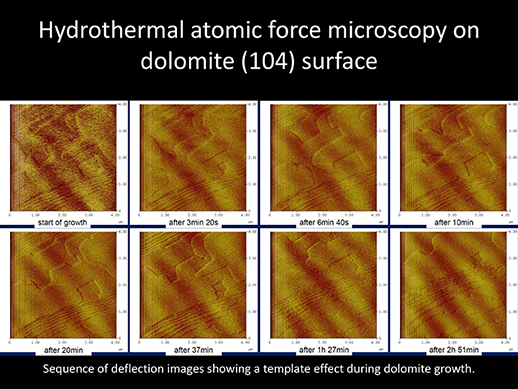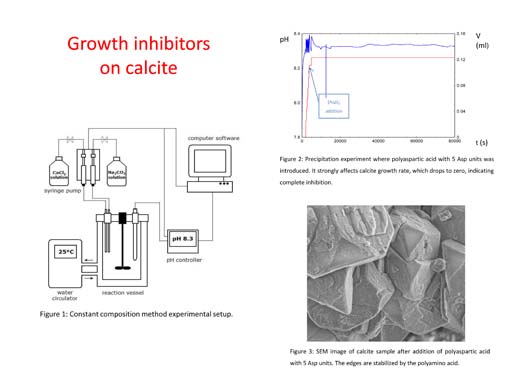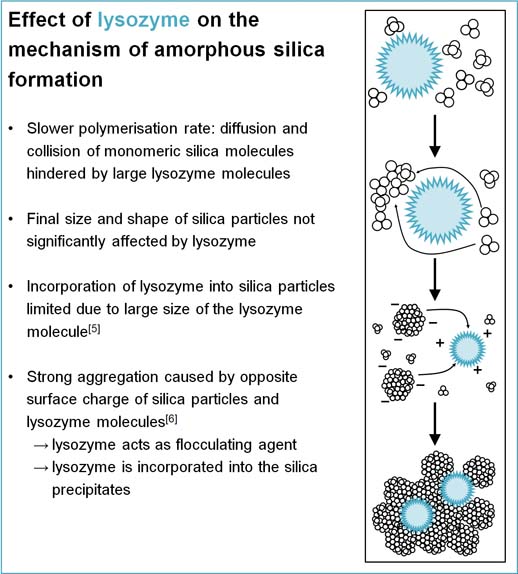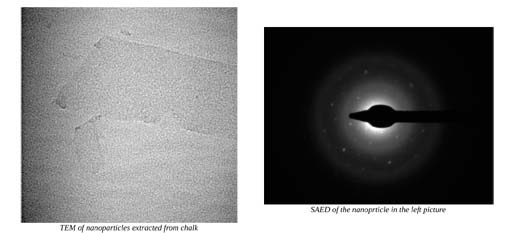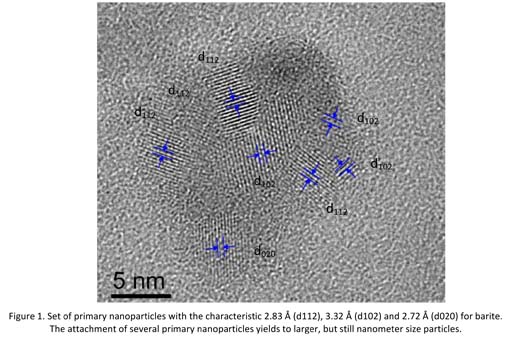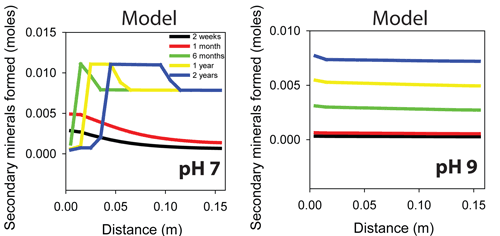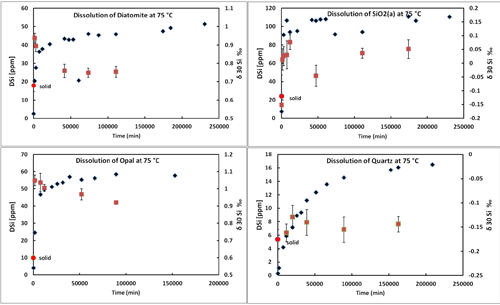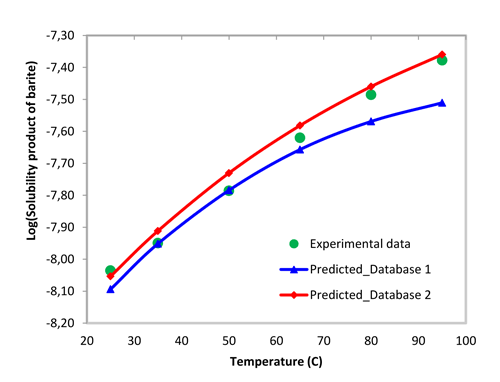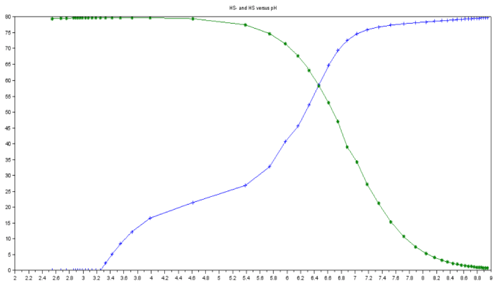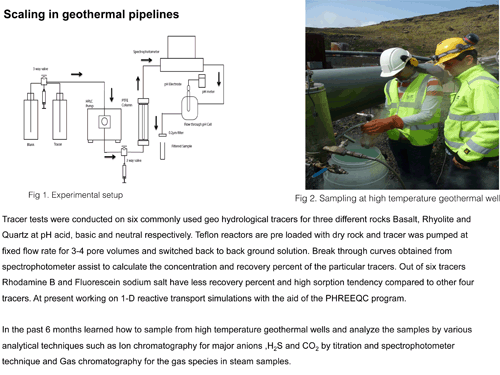Progress Reports: 2nd semester
Nik Berninger: CNRS Toulouse |
Reaction kinetics of Mg-carbonates. For more information, please click here. |
|
|
Giulia Montanari: University of Copenhagen |
Growth inhibitors on calcite. For more information, please click here. |
|
|
Daniela Meier: University of Leeds |
Effect of lysozyme on the mechanism of amorphous silica formation. For more information, please click here. |
|
|
Christopher Hawkins: University of Oslo |
Precipitation occurring within a system where the fluid containing dissolved reactants is flowing. For more information, please click here. |
|
|
Stan Jelavic: University of Copenhagen |
Interaction of clay minerals with saline solutions and organic molecules. For more information, please click here. |
|
Cristina Ruiz Agudo: University of Münster |
Early stages of barium sulphate precipitation. For more information, please click here. |
|
Jan Prikryl: University of Iceland |
CO2 fluid rock interactions in a flow through column. For more information, please click here. |
|
Thomas Rinder: CNRS Toulouse |
Fractionation of silicon isotopes during dissolution of SiO2. For more information, please click here. |
|
BiYun Zheu Wu: Maersk Oil |
Fitting of Pitzer parameters. For more information, please click here. |
|
|
Fernando Berro Jimenez: West Systems |
Colorimetric method to measure silica concentration in water. For more information, please click here. |
Prathap Moola: Reykjavik Energy |
Scaling in geothermal pipelines. For more information, please click here. |
Tomasz Stawski: Uni Leeds |
This period included several days of Beam-time at Diamond plus SAXS data analysis. During this time, I also worked on writing a beam-time proposal in collaboration with the Technical University of Eindhoven on mesocrystal growth.and performed in situ liquid cell TEM results on microemulsions of CaCO3. Essentially the results from the last report are still valid. New results cannot be disclosed publically yet, but we managed to obtain information on destabilization of microemulsions using the liquid cell TEM method. |
Taher Rabizadeh: Uni Leeds |
The data that I have produced show that the addition of Mg2+, carboxylic acids and NTMP increased the calcium sulfate induction time. For example, in the case of carboxylic acids (citric, maleic and tartaric acids) at pH 7 and concentration 0-20 ppm, the kinetics of calcium sulfate nucleation and growth were studied by UV-VIS and the solid products were characterized during and at the end of each reaction for their mineralogical composition by X-ray diffraction (XRD) and for their morphological features by scanning electron microscopy. All additives increased the time needed for turbidity to develop (induction time, start of precipitation) and the comparison between additive and additive-free experiments showed that at equivalent concentrations, citric acid performed far better than the other two carboxylic acids. In all cases first bassanite precipitated and with time it transformed to gypsum. The addition of citrate stabilized bassanite and changed the final gypsum habit from typical needle-like crystals in the pure CaSO4 system to plates in the citrate additive experiments. |
Diwaker Jha: Uni Copenhagen |
I had to teach an M. Sc. course which is mandatory for PhD students. This was my first teaching effort and required a lot of preparation. This also came with checking assignments for 36 students two times a week. This is time consuming and leaves limited time for reseacrh. However, I was able to obtain some ptychography beamtime at SLS, Villigen, Switzerland and to perform some data analysis. I mushed the non destructive spatial resolution to 64 nm. |
